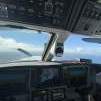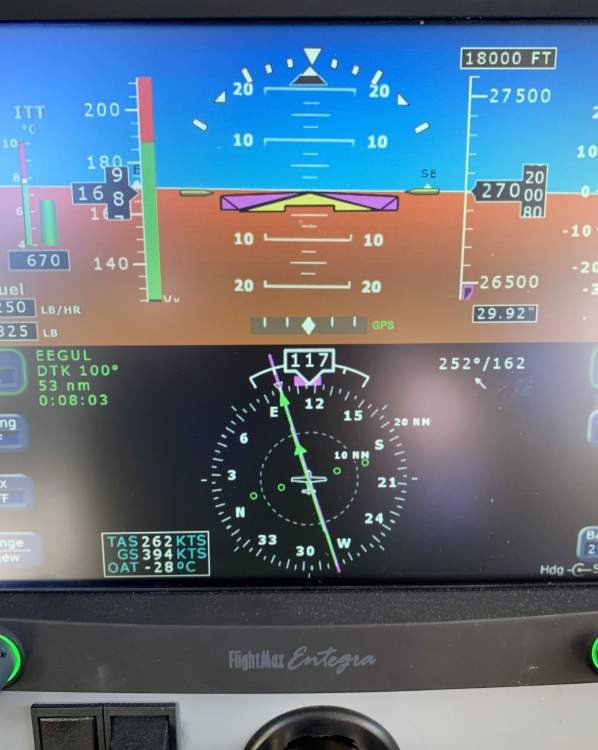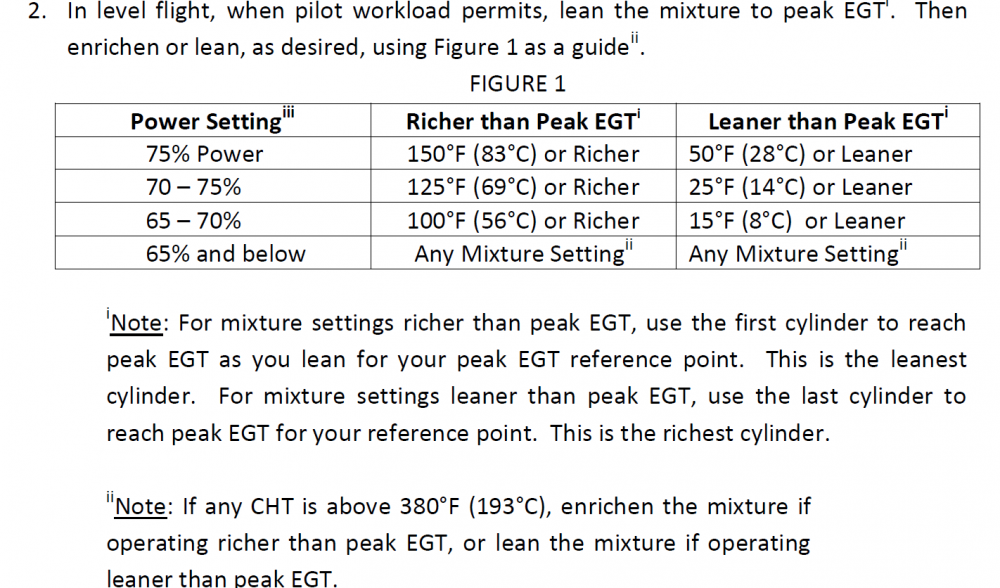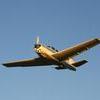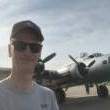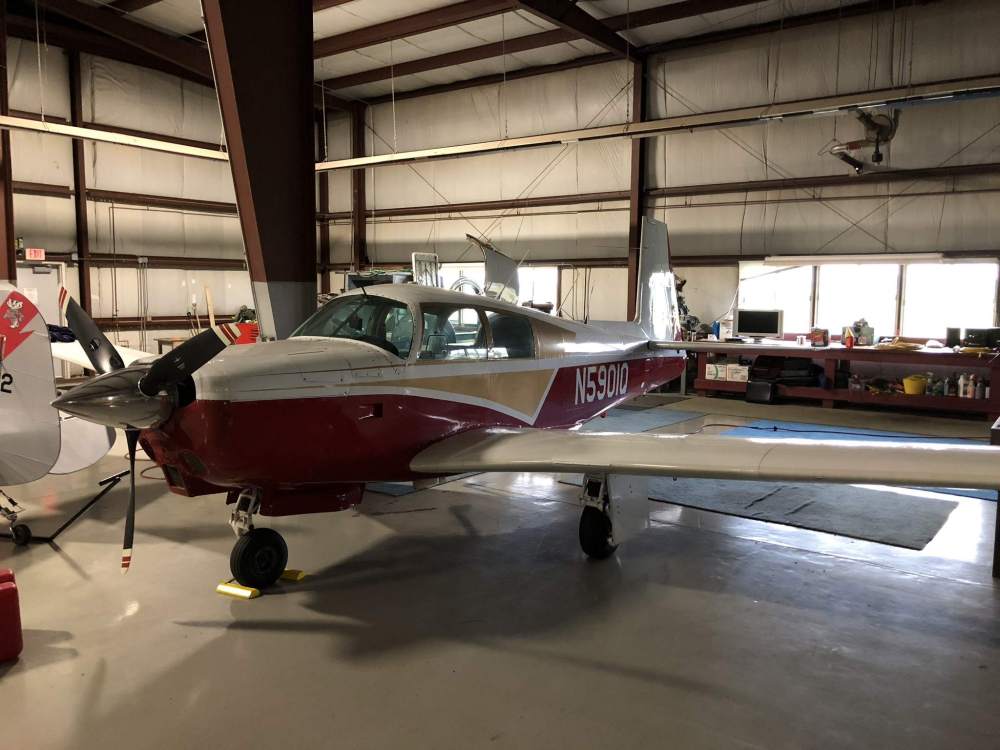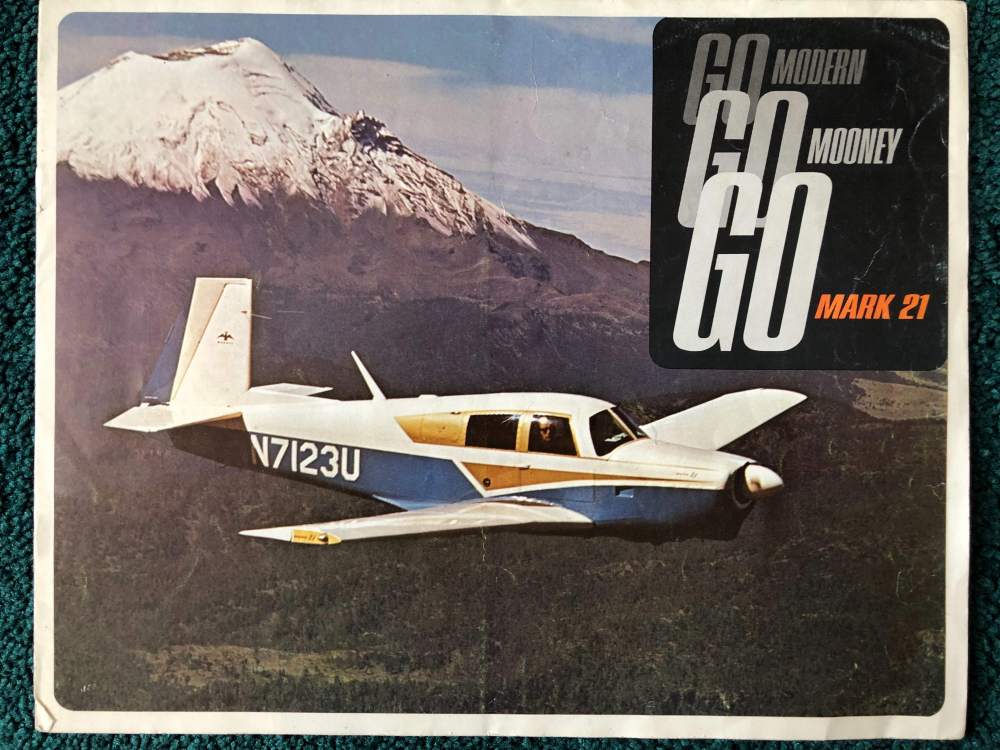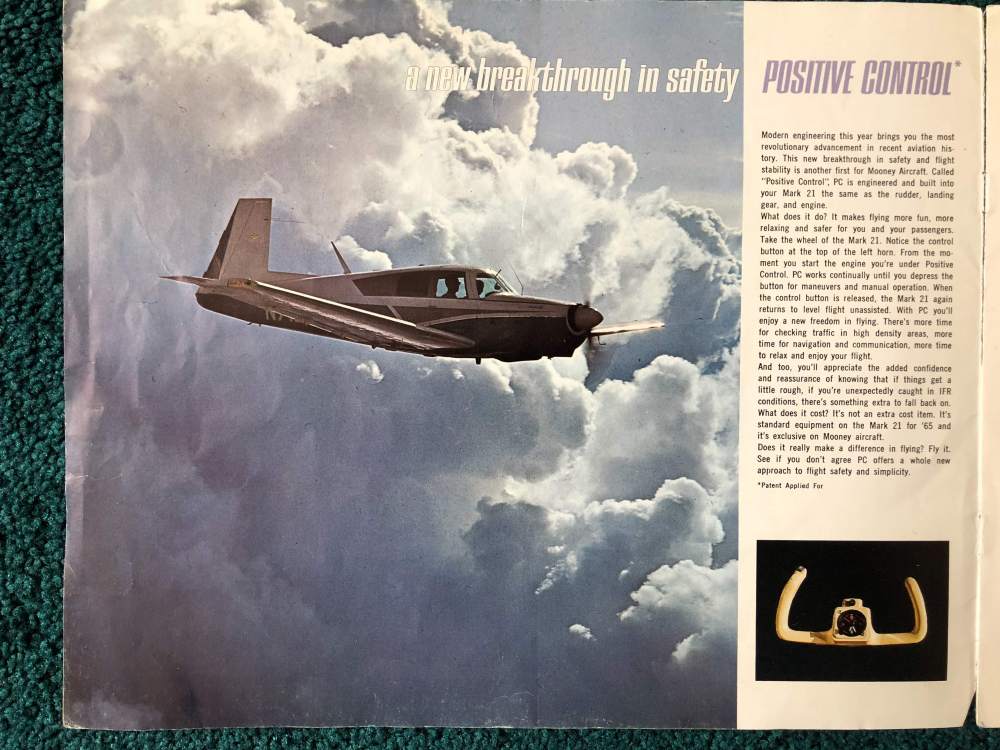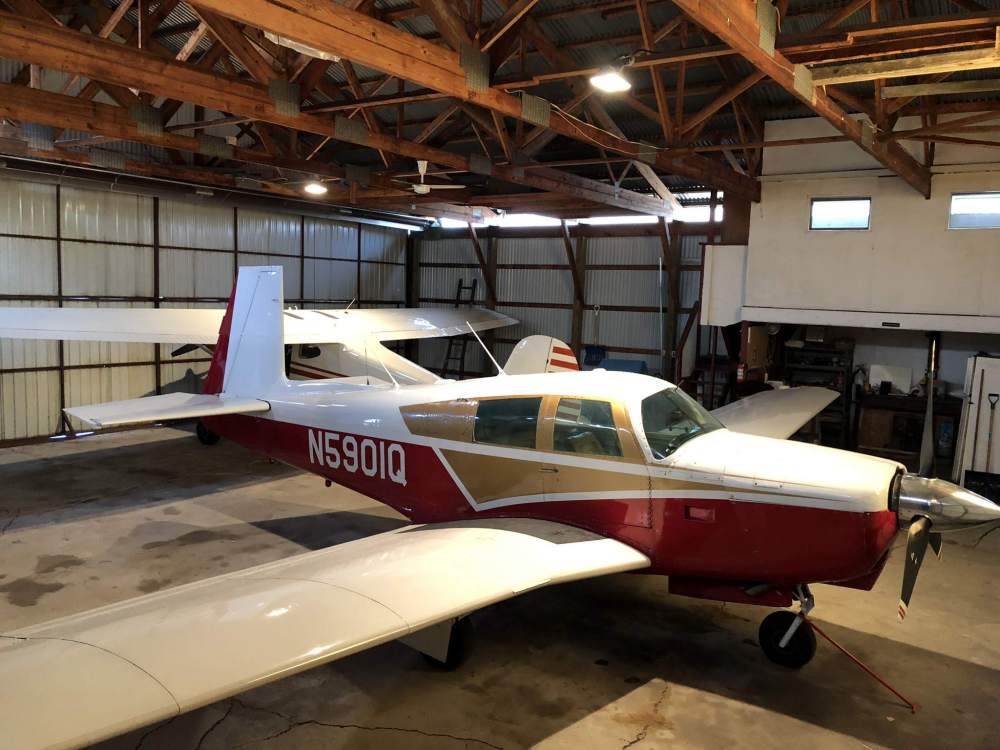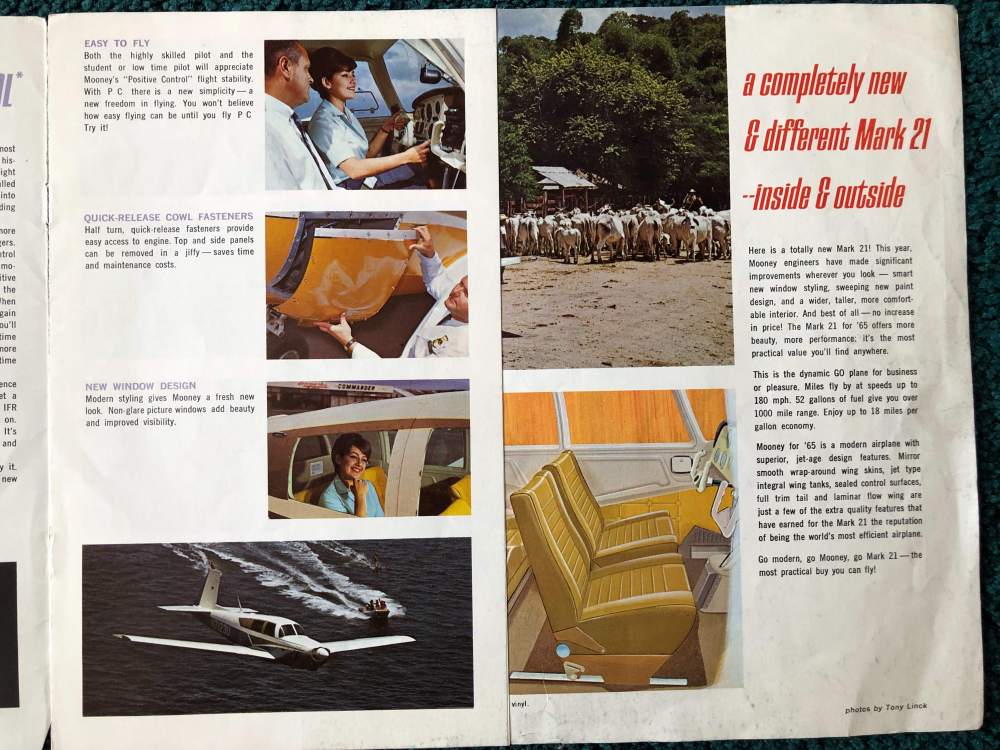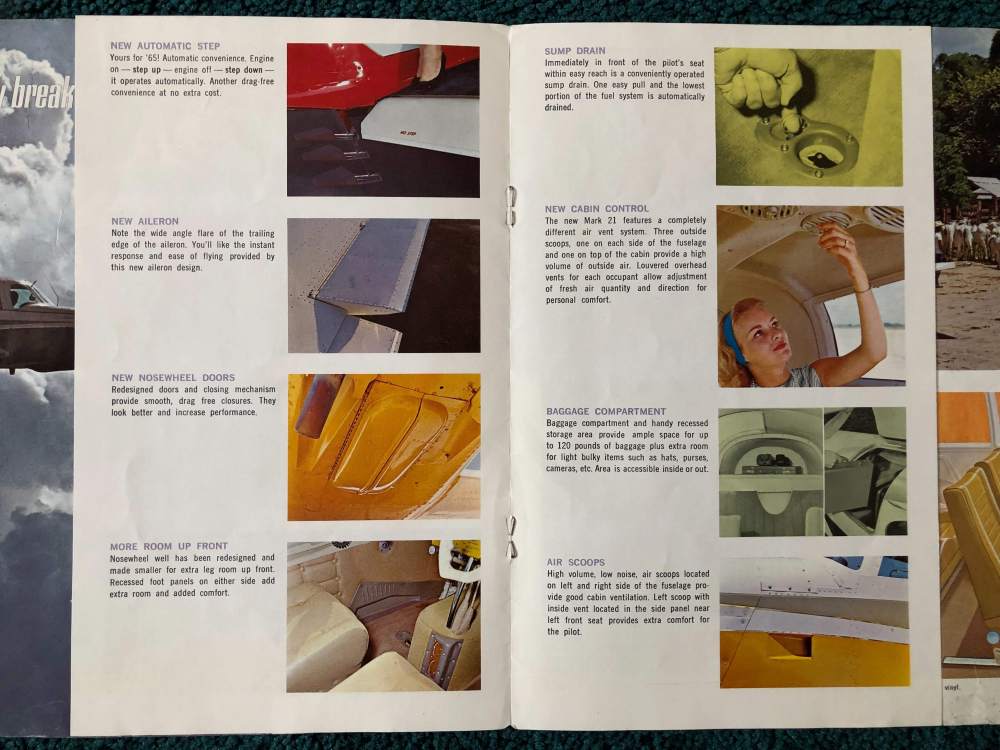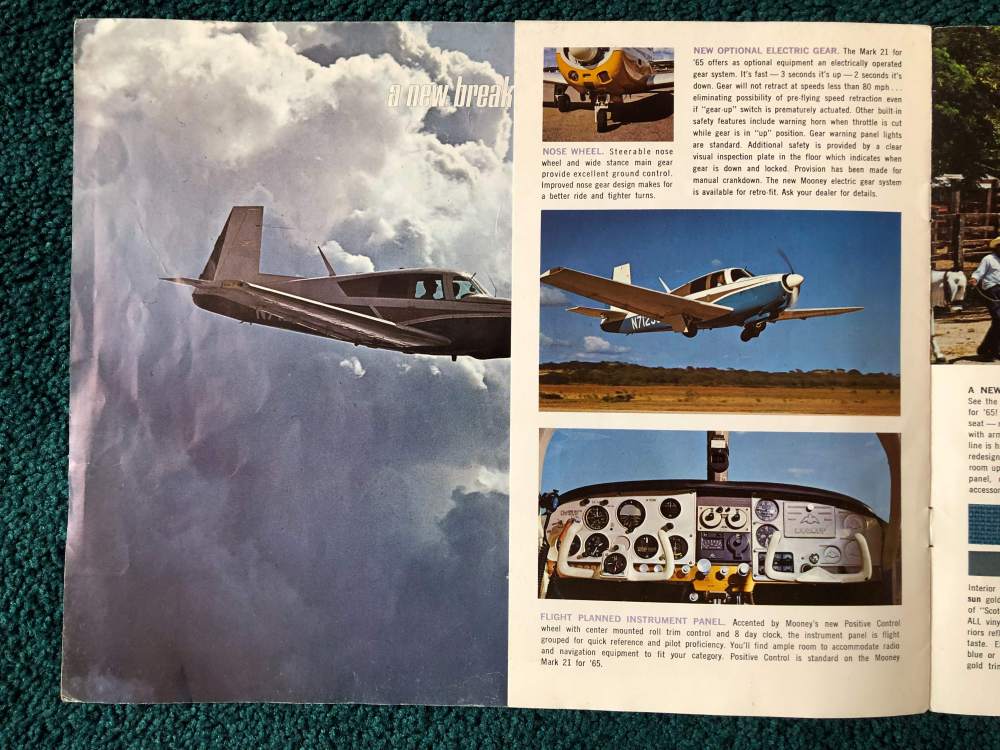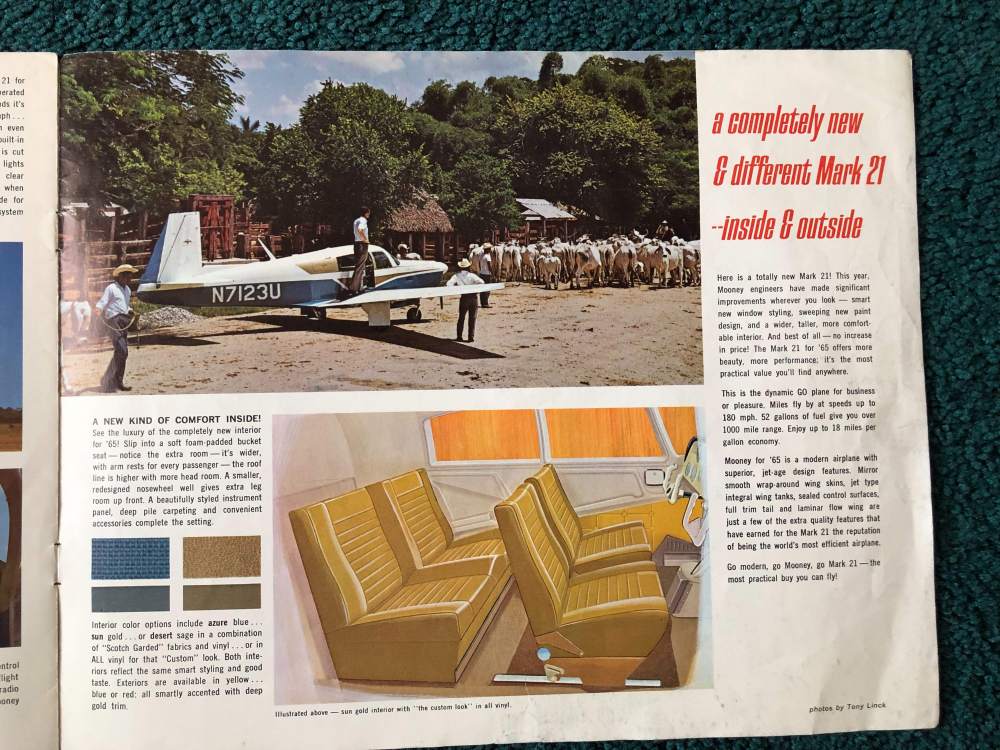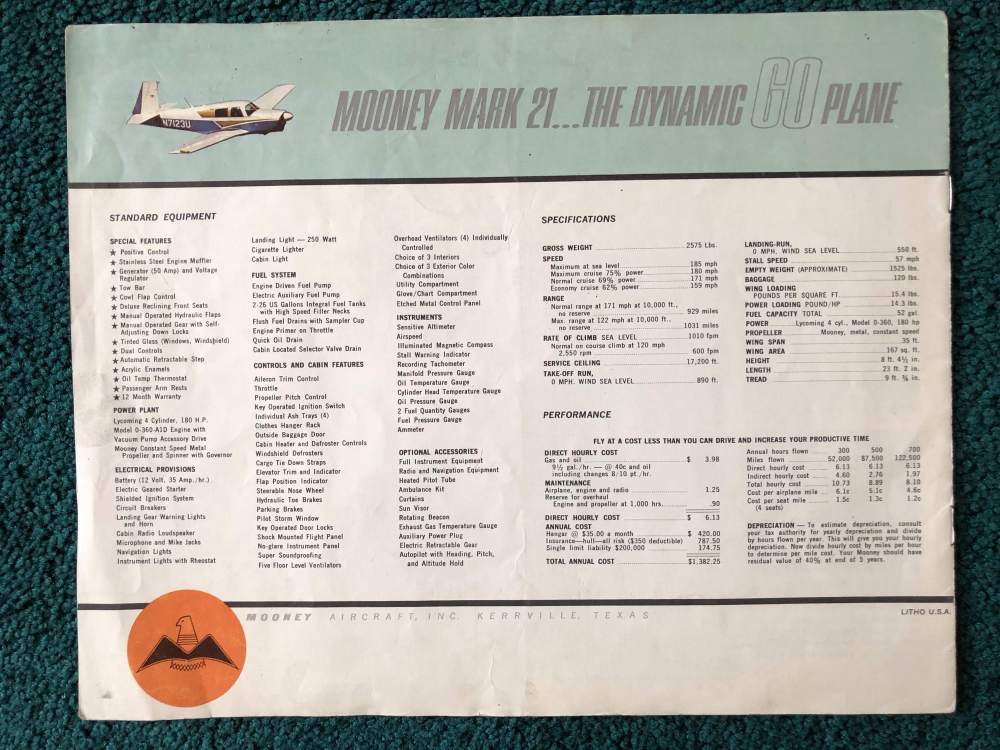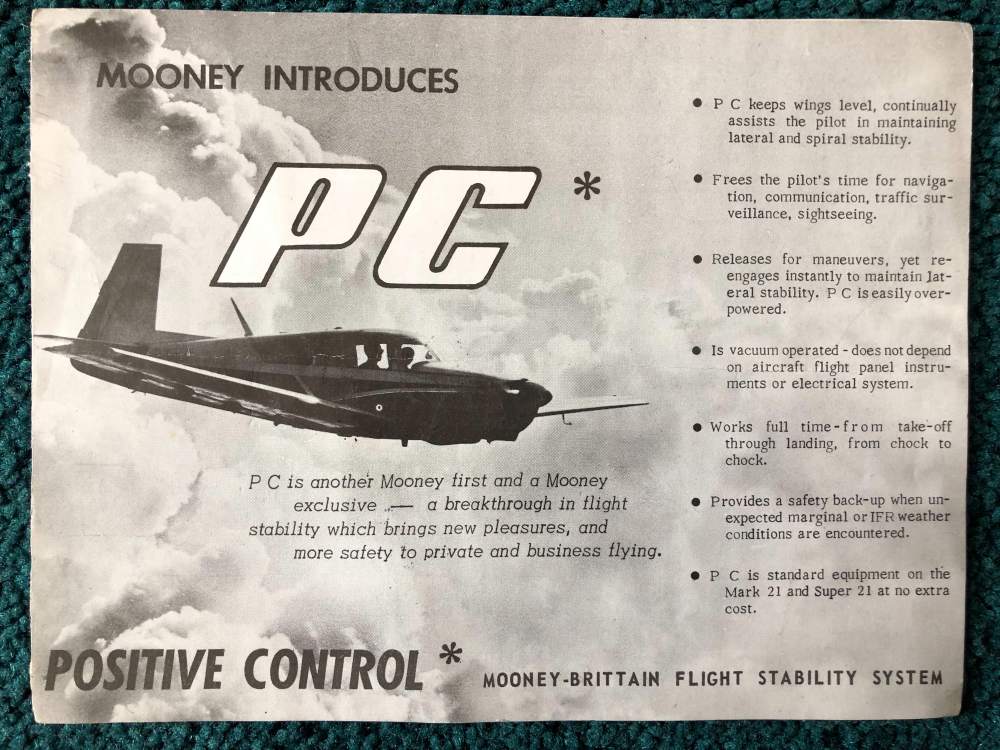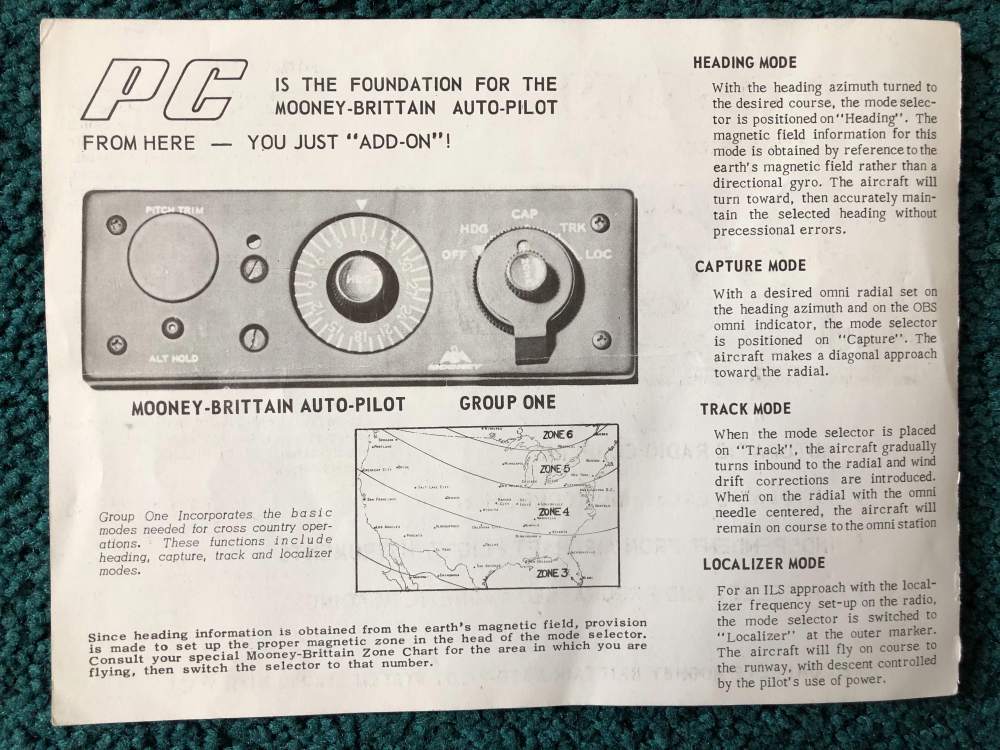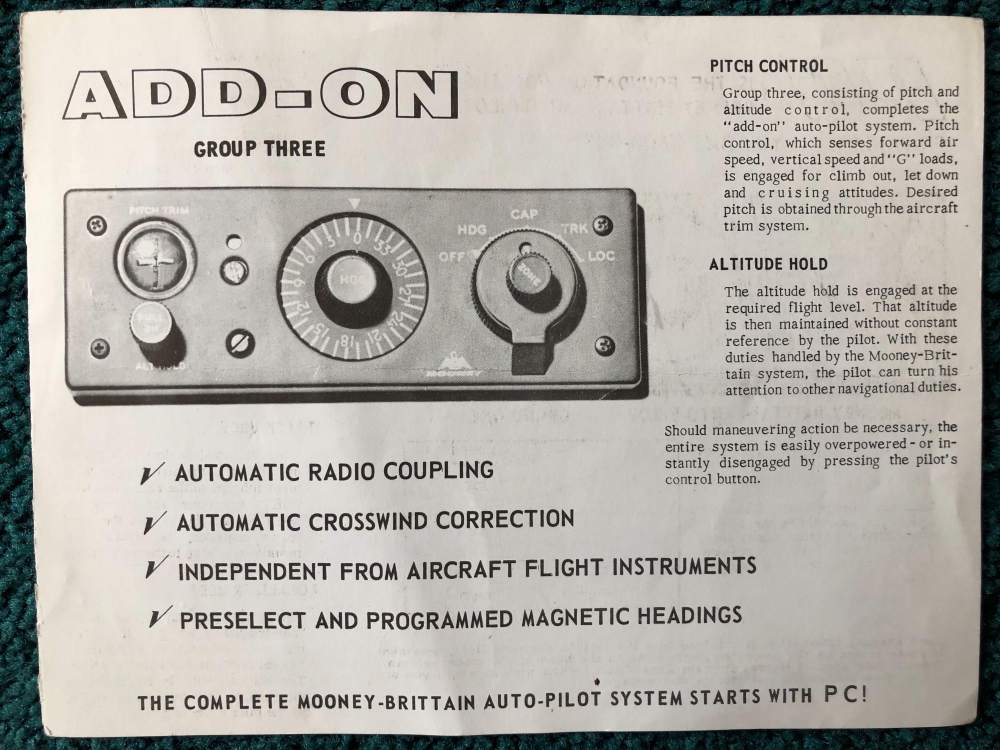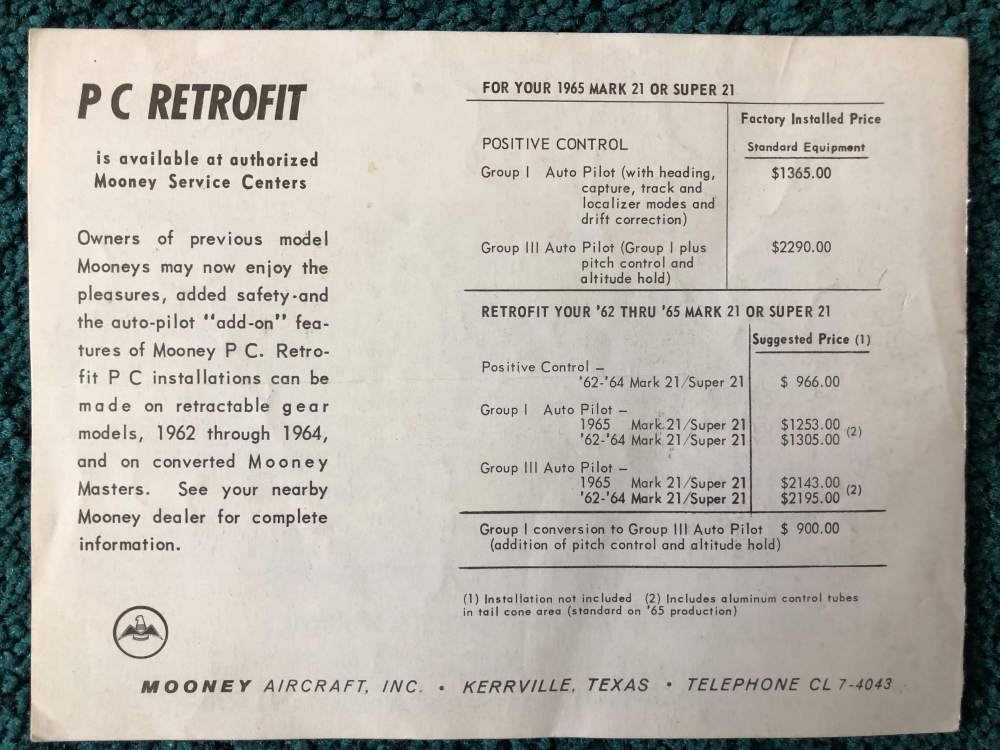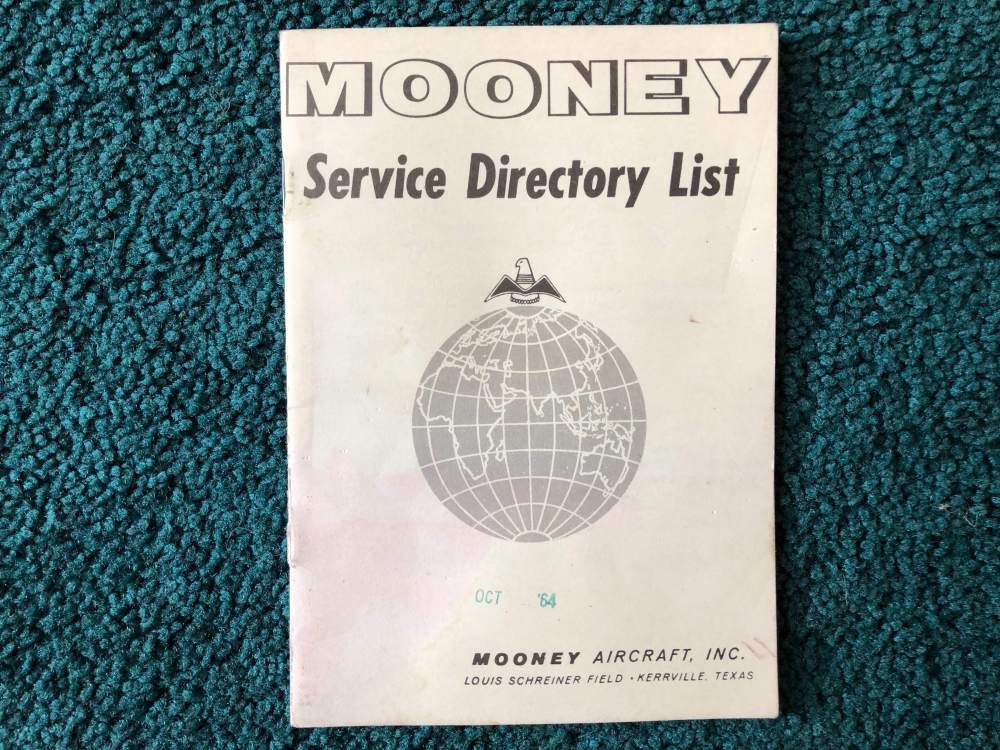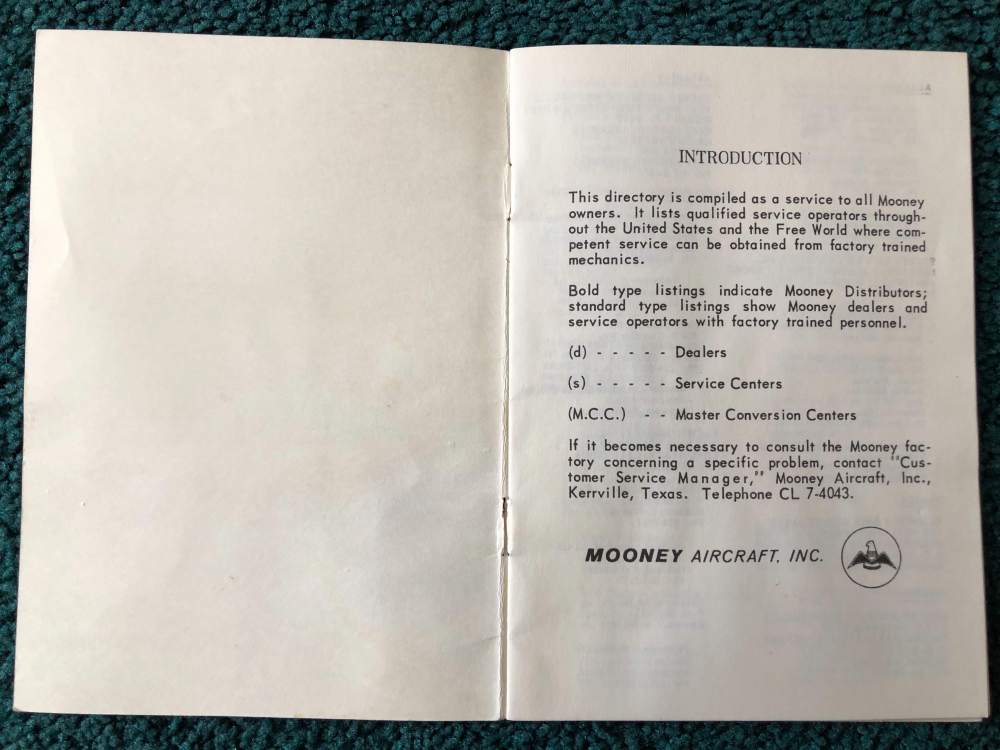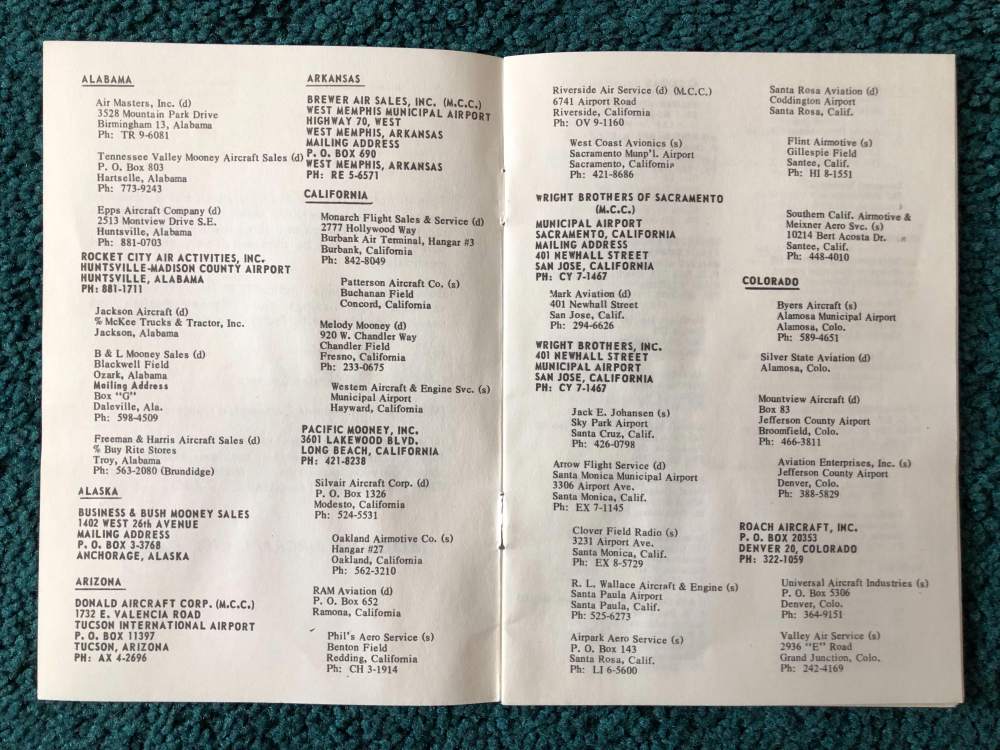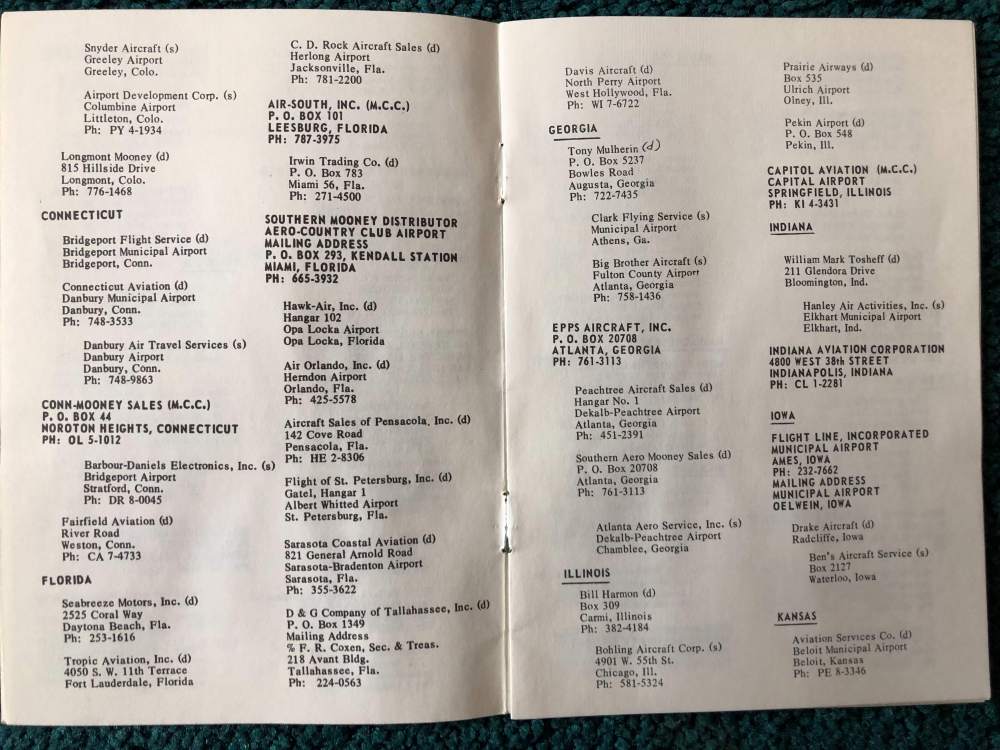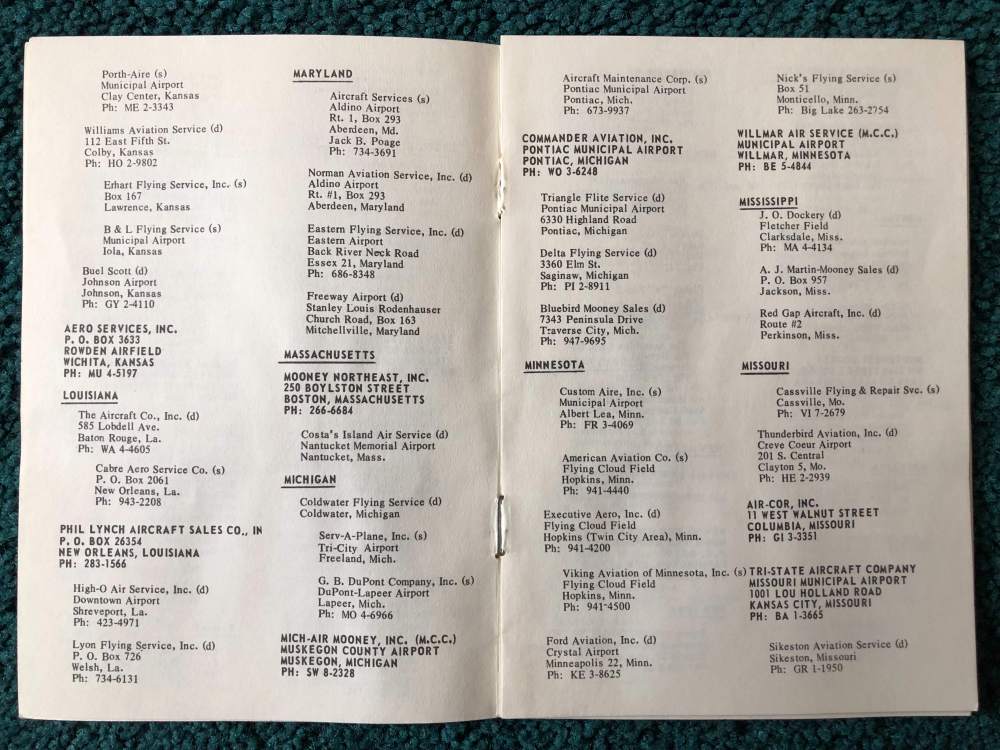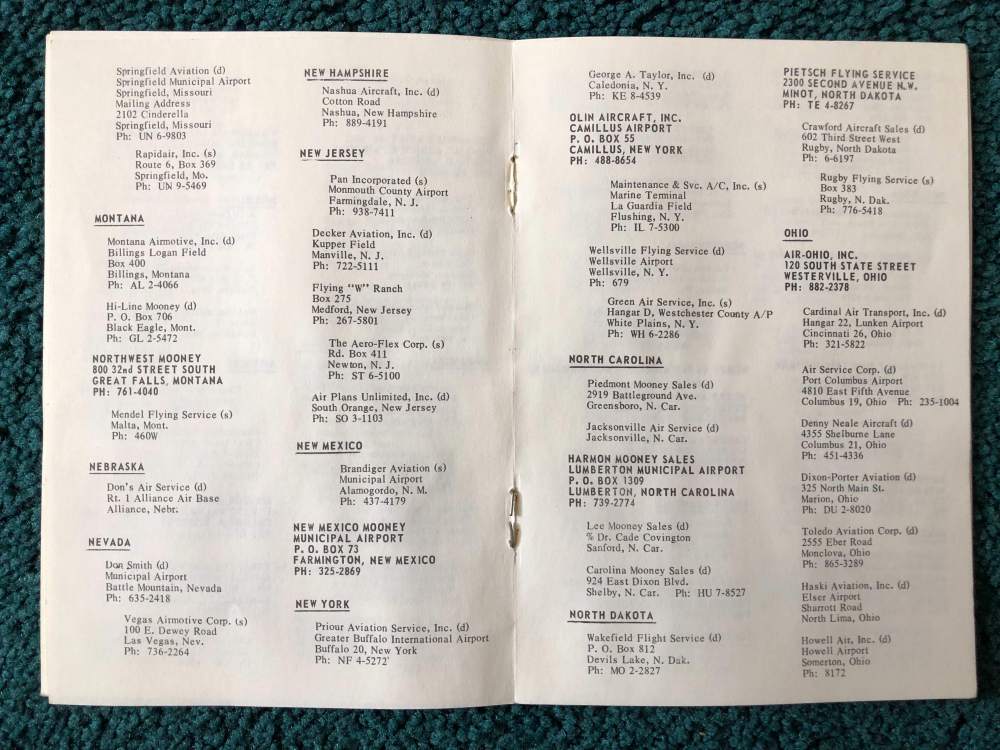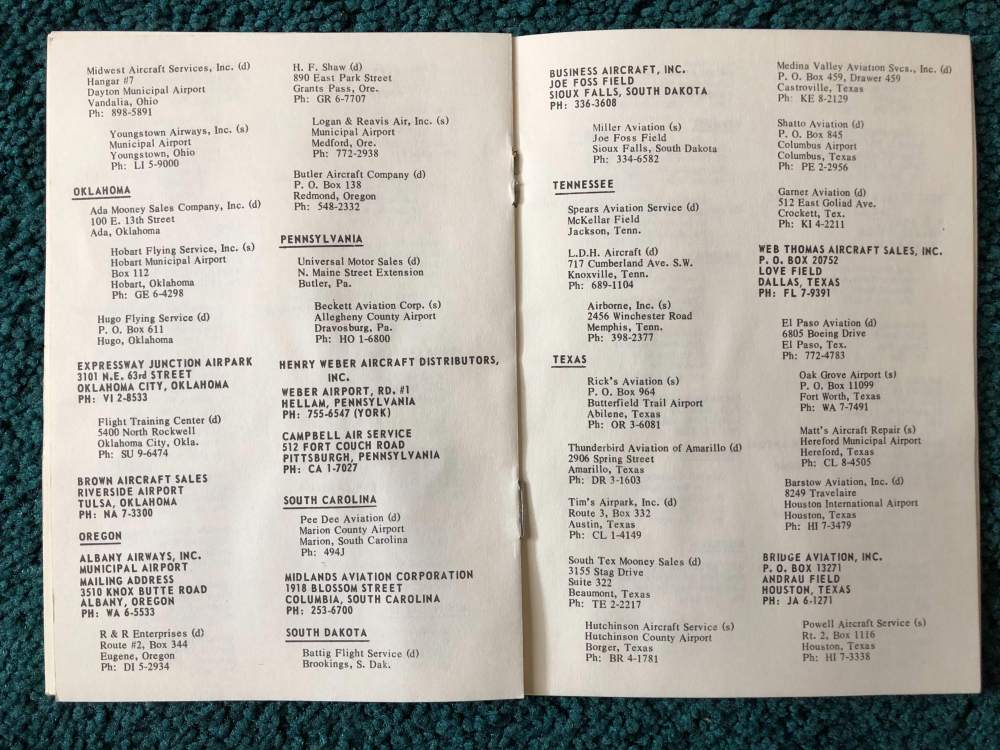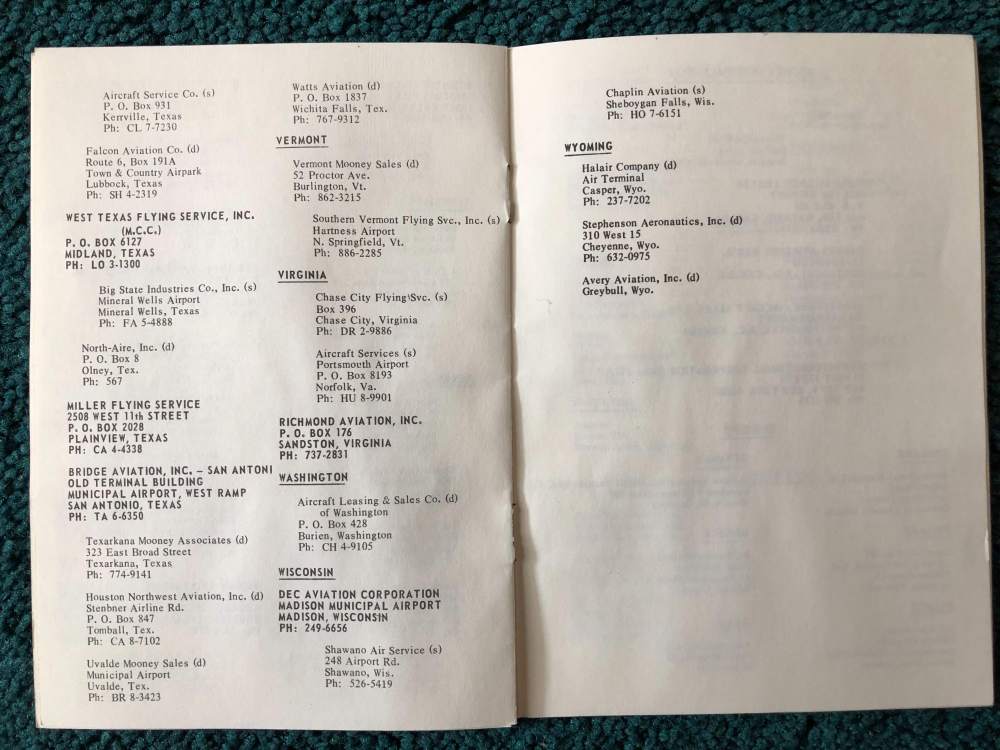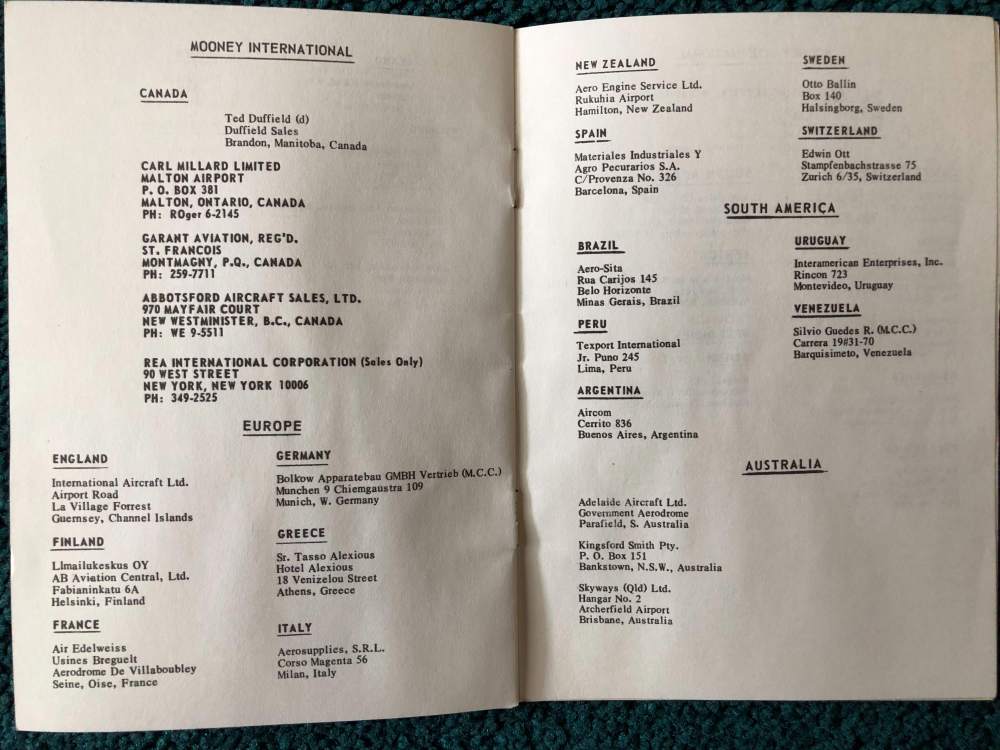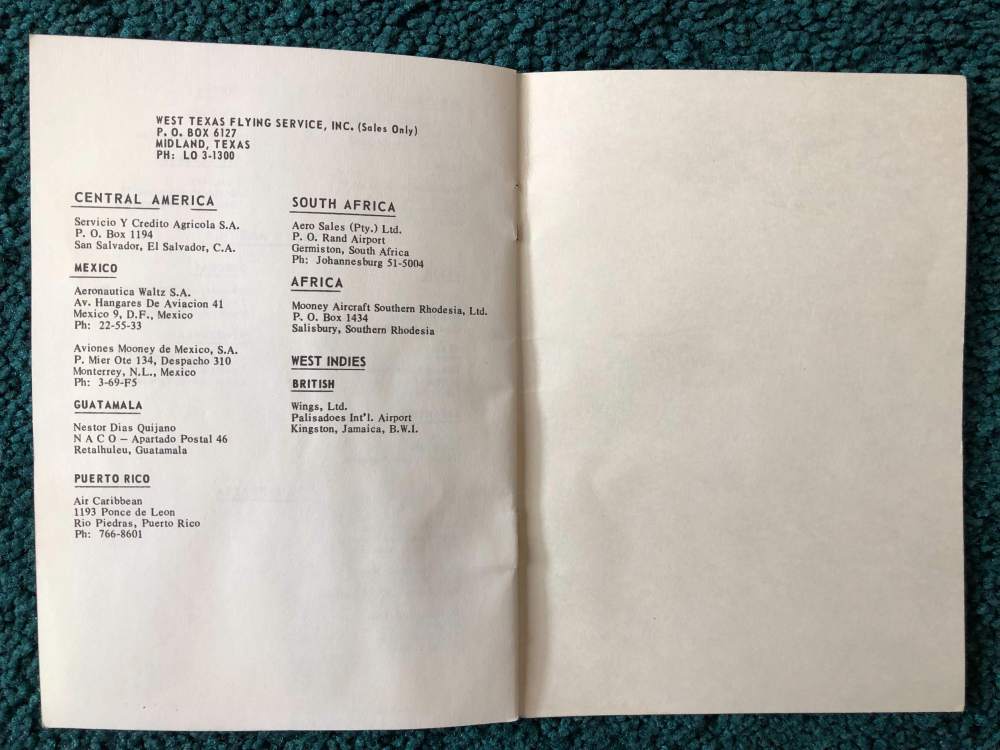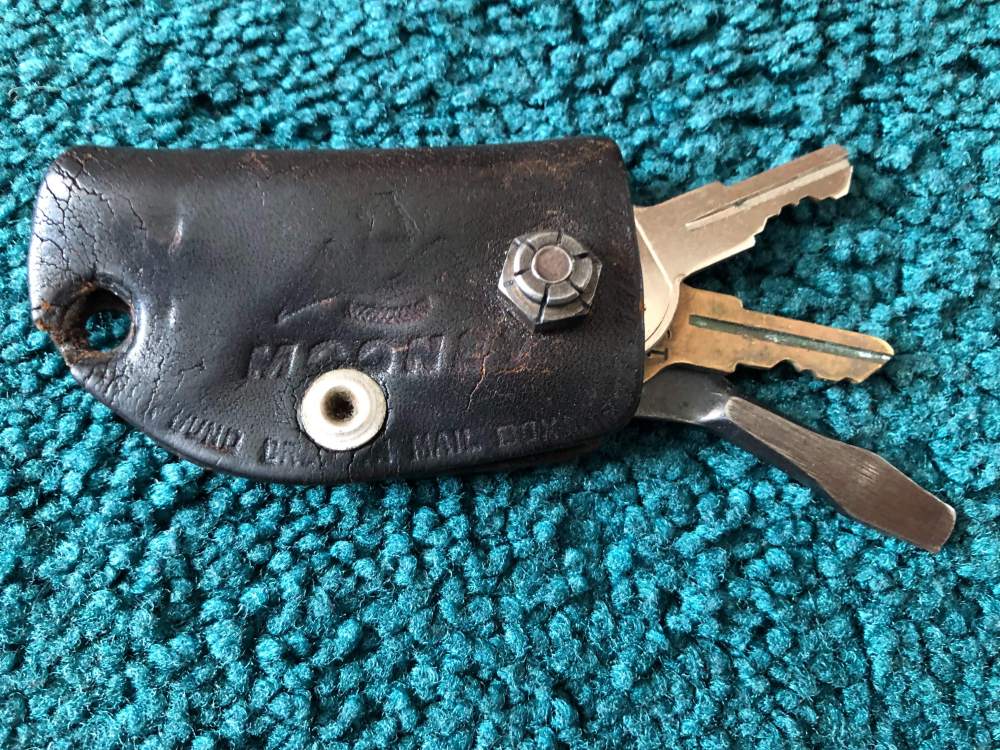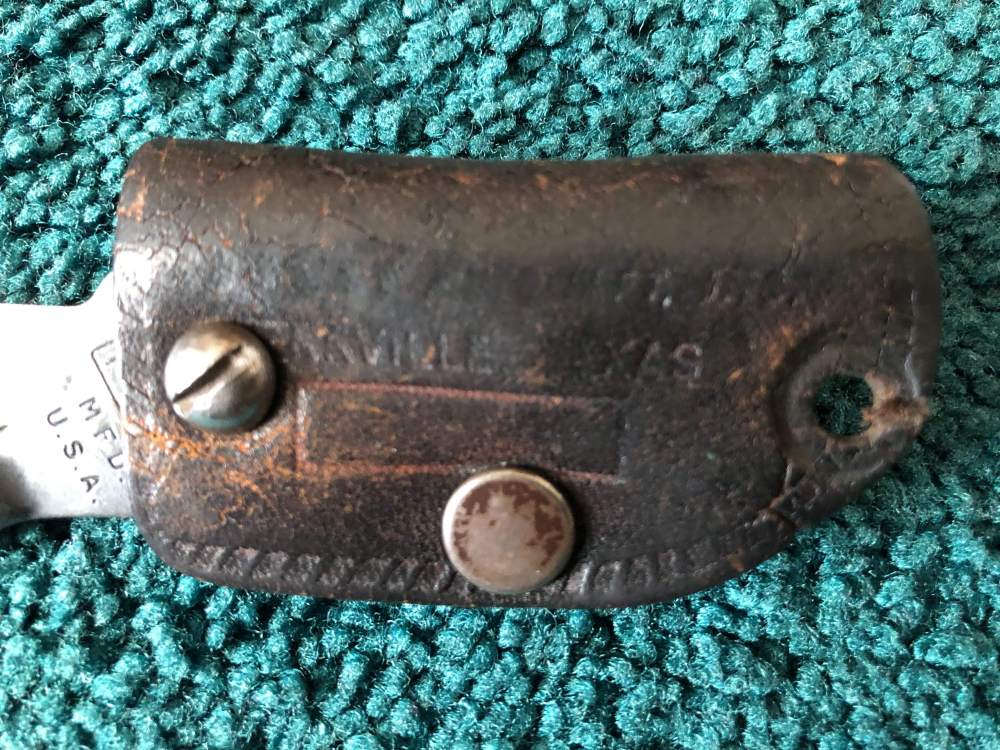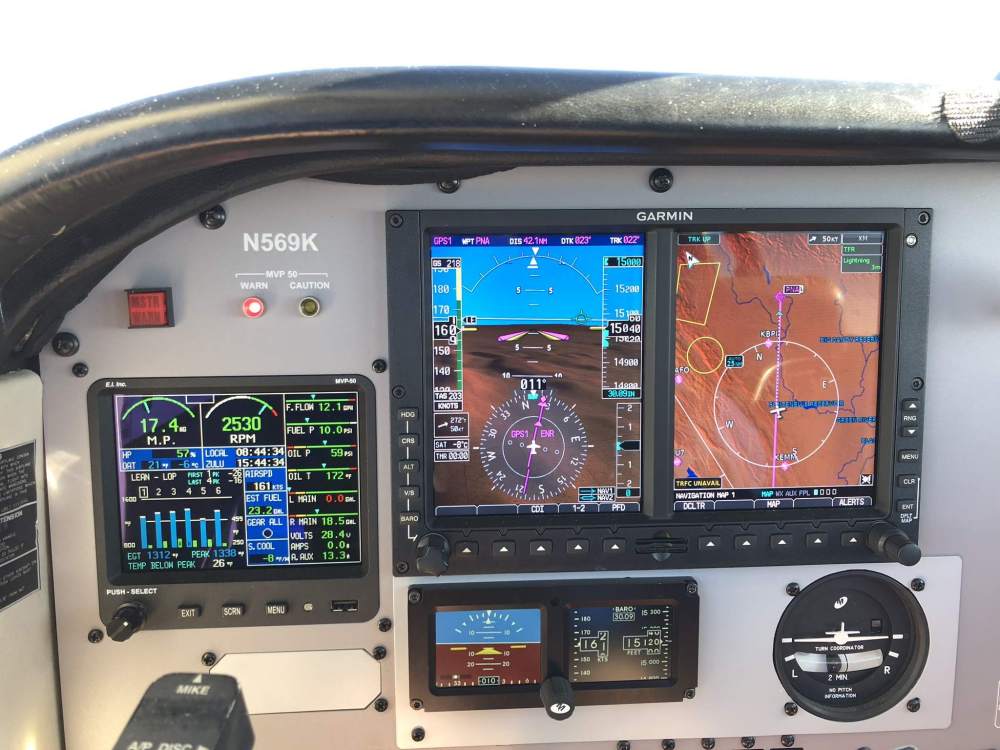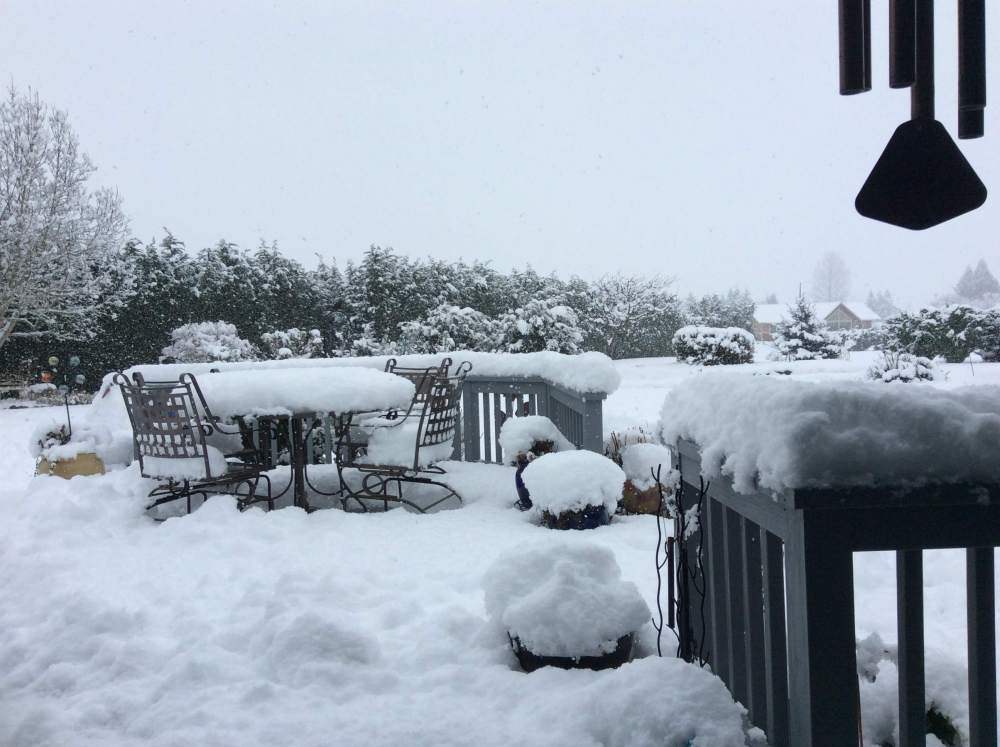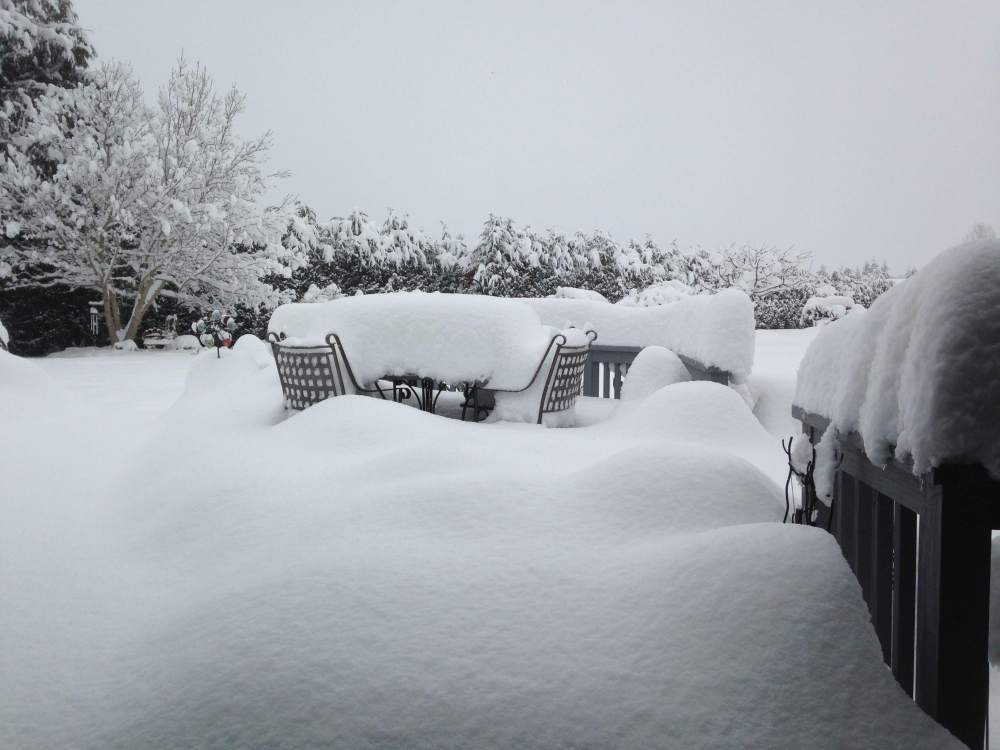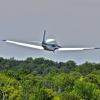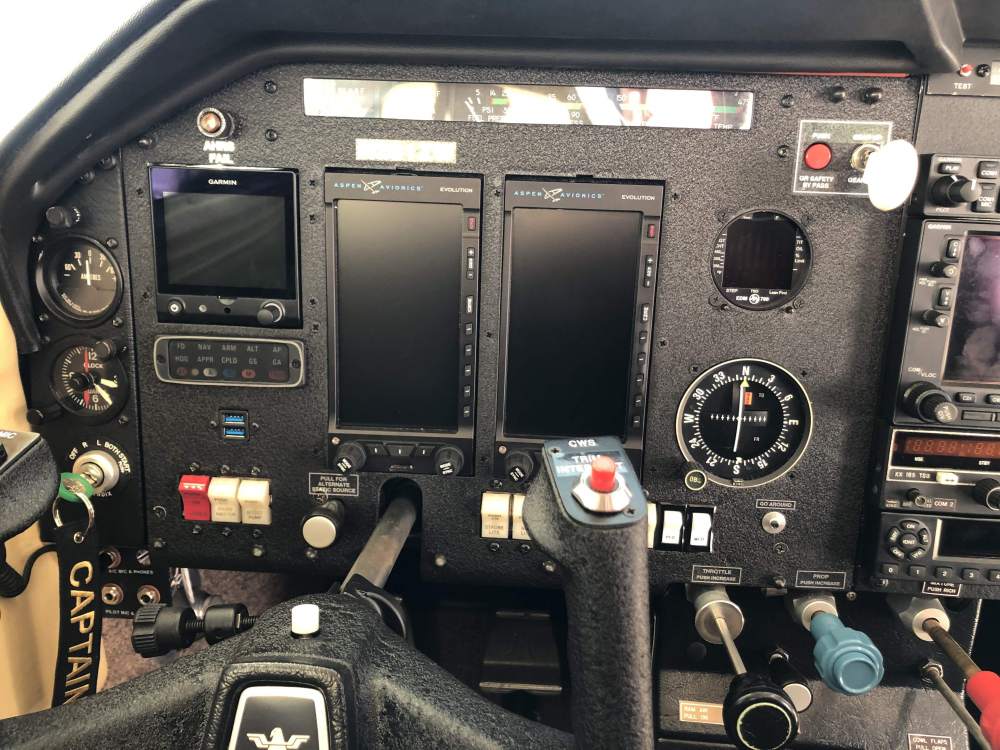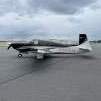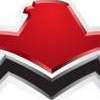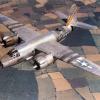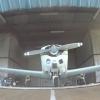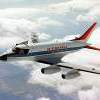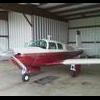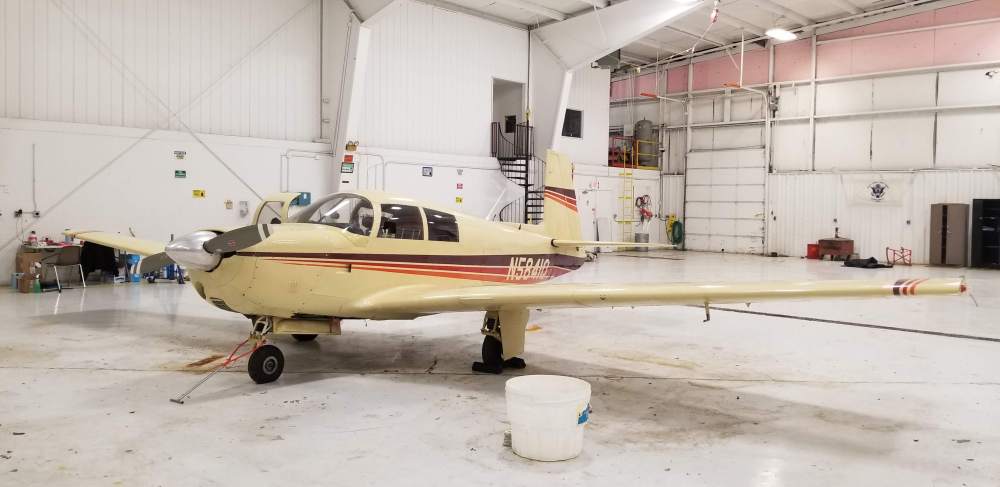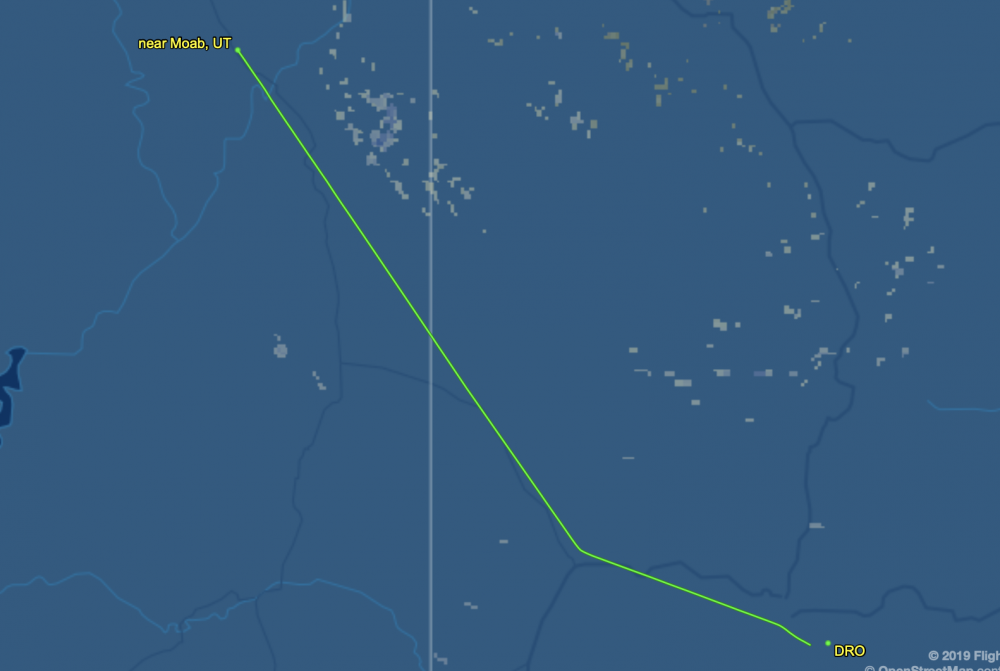Leaderboard
Popular Content
Showing content with the highest reputation on 02/09/2019 in all areas
-
I was able to escape Erie, PA this morning. There was a small break in the 40kn+ winds and snow. There was a little turbulence on the climb for the first 4000ft or so and some light to moderate ice in the clouds until I broke out at about 6000ft. I was rewarded with a sunny, smooth flight and nice tailwinds for the flight to the Boston area (KBED) to see my daughter for the weekend. The photo is in straight and level cruise at FL270. For the penny counters 250lbs/hr = about 37GPH and jet fuel this morning was about $3.70/gal. That is about the fastest I’ve made the trip. The tailwind is great and I was able to hit a little over 400kts ground speed on the the descent (first time over 400 for me). The big tailwind does become a challenge sometimes on the Zelka2 arrival into KBED. There are several step downs on the arrival that come quick with the tailwind. Two weeks ago, I was held high until the very end and needed a 3000ft/min descent to hit my crossing altitudes. Today wasn’t as bad. But for a turbine, being held as high as possible as long as possible is great. The Mooney taught me great energy control and planning lessons. Have a great and safe weekend everyone! Brad Piper Meridian N951TB Former Acclaim6 points
-
All very good responses above! As a professional that has reviewed a great amount of data on turbo engines I can also add what I see owners doing incorrectly that leads to harmful operations. With a normally aspirated engine flying at altitude most people can't hurt their engine since the max WOT power at altitude will quickly drop off to where it doesn't at all matter where you leave the mixture. You may not get the most efficiency but you can't hurt the engine once you get up there to where you are operating at less than 60-65% power. But with turbo's where we can operate at 100% power up into the flight levels engine management becomes much more critical; especially for those operating their engines aggressively at 70 and above % power. Its much safer and better to learn how to operate LOP at say 60% power than say 75% power but not everyone does so. The most common issue I see is that pilot owner believes he's operating LOP when in actually perhaps a couple of cylinders are LOP while half or more are on the ROP side squarely in what we refer to as the Red box at too high of a power setting. This happens because the pilot is trying to use a proxy for determining LOP before doing their due diligence to verify every cylinder is at least far enough LOP for % power setting being used. Gami publishes excellent conservative guidance on both how much ROP or LOP your cylinders need to be based on percent power. This will have you flying richer, if ROP, than the poor guidance given in the POH and give you very safe LOP targets as well. Its what I recommend to all of our Savvy clients when they have questions or clearly are operating outside of the boundaries. The most common misused proxy with the turbo's is using TIT. TIT can be a useful proxy, but one can't rely on say, leaning till 15 Lean of peak TIT at 65% power and expect every cylinder is at least 15F LOP. Till you do your homework to actually do the data analysis and find out where each cylinder really is you may be surprised to learn that only 1 or 2 cylinders are 15 LOP and the rest are at peak or ROP. You may learn that you need to be 30F or more lean of peak TIT to get all the cylinders to at least 15F LOP, which is why proper leaning for LOP is done from the last to peak or richest cylinder. Mike Busch is famous for recommending CHT as a proxy, but Mike knows his engine intimately well and operates his engine very conservatively in below 65% range where he doesn't need to be concerned about the red box is running LOP for max efficiency. None of this is too say that the cause for the OP's cylinder issues are due to engine miss-management since all the above issues are just as applicable, but if the turbo engine isn't being managed properly its much easier to abuse turbo's than the NA engines. For completeness the recommended mixture settings from Gami are: In addition to the CHT caveats I also recommend not exceeding a TIT of 1600F even if your max TIT is 1750F to maximize turbo and exhaust component longevity. Your exhaust system will thank you for it.4 points
-
For some reason the E I have now is much heavier, harder to push, than the E I had 40 years ago...3 points
-
Here is the end of the track log from Flightaware. I was trimmed for about 120mph climb. Winds Aloft were light and variable that night. With full power and full mixture 12.5K was as high as it would go in that configuration. Elevation at the crash site was about 1250msl, so the last radar return I was just over 1000ft agl. It interesting that my vertical speed slowed so much in the last 2 returns, thank god for that. Cheers, Dan2 points
-
2 points
-
2 points
-
I use the Knots2U/Aircraft Door seals (same company) version. It mounts on the cabin door. The key is keeping it lubricated with silicone grease. I have tried the one that mounts on the airframe. Stay away from it. It will get screwed up the first time someone tries to slide into or out of the airplane.2 points
-
It's not that bad, and after all my students are being paid to be here and it is their singular full time job. We take them from 0 hours and in 12 months turn them into competent military pilots, so we have to push them pretty hard. I get them at their 6 month mark and between 60-80 hours total time, that's when they start flying the Beech 400. After graduation they are off to fly C-130/C-17/C-5 or KC-135/KC-10 among others. In addition to instruments, we teach them to fly low levels both single ship and in formation along with simulated airdrop and aerial refueling.2 points
-
I finally have gotten a chance to organize and post some pictures on my new plane that I picked up and flew home on January 16, 2019. Shout out to Paul Steen for his insight and advice. I was fortunate to be in the right place at the right time to acquire this plane. N5901Q was factory demonstrator that was purchased in 1966 by Rudy Frasca. He kept it in Champaign/Urbana, IL and flew it as his personal airplane up until 2014 when he donated it to the EAA. It was flown to Oshkosh that year but was basically parked until this past fall. I believe that the paint and much of the interior is still original, but is in very good condition. The plane has been very well maintained and has had a number of nice upgrades in the past 10-15 years ( redo the panel in a standard 6 pack config., Garmin GNS430, GMA340, GTX327, and an S-Tec 30 w/GPSS). It also came with some interesting historical items, such as a Mooney color brochure from 1965, a Mooney PC brochure, and a Mooney Service directory list from 1965. I also got the original Mooney leather key holder complete with a screw driver. here are some pictures if you’re interested.2 points
-
That and it is a great way to make sure you dialed/typed in the correct frequency. I have witnessed folks putting in the wrong LOC freq either by "memory" or being off by one approach plate initially. My favorite question to ask while flying down a LOC final is "are how confident are you that you have the correct frequency dialed in?' That is usually closely followed by "so how's your timing working out?" Yep, I make them time on every approach. It only takes once or twice before they realize that I usually won't ask them questions inside the FAF so long as they TIM and complete the 6Ts. My student yesterday flew 8 approaches, 3 were full procedure, 3 were circling, 2 were single engine, one was flown to a published missed and hold. It was a combination of VORs, LOCs, ILS and RNAVs. Not bad for a 150hr pilot trying to think at 200kts. W logged 4.5 hours on two flights that included 2 drop-in locations and 2 full stop locations. He learned a valuable lesson on the final RNAV approach to a full stop. Unlike the previous RNAVs of the day, he elected to skip the confirmation steps after loading the approach. Who knew that it is difficult to fly a RNAV when the ILS is loaded into the GPS? The clue light finally came on as were approaching the FAF and the name was wrong and the coupled AP did not descend on the VNAV profile. I finally had to step in and reload the correct approach. It was nice that we were in VMC conditions and the RNAV and ILS are near identical ground tracks, it kept me from being violated while still allowing him to learn the lesson.2 points
-
2 points
-
Yeah, we already have 14 pilots plus 9 guests signed up for an event over 4 months out.2 points
-
2 points
-
2 points
-
Great videos and, more importantly, great memories for you and your Dad! I was fortunate to get to fly a lot with my Dad. Besides the usual weekend flights, we took our plane to the 50th AirVenture at Oshkosh. The next year we flew to Dayton for the Centennial of Flight, visiting the Air Force Museum, Huffman’s Prairie, a Wright Bicycle Shop and other historical sites. Our last big trip together was to the Swift Fly-in in Creve Coeur, Mo. It was at an old time small airport with a museum on the field packed with vintage airplanes. We had a great time enjoying all the vintage airplanes. There were shorter day trips as well. No matter how many trips we took or how many hundreds of hours we flew together, now that he is gone I sure wish we had done more. What I wouldn’t give to go flying with Dad just one more time...2 points
-
2 points
-
As has been mentioned, don't rule out the Avidynes. The 550 is an awesome box and in my opinion far superior to a Garmin 750.1 point
-
Why don't you guys ever have an impromptu fly-in in the midwest? Hmmmmm??? I see, you don't like us....1 point
-
1 point
-
1 point
-
1 point
-
This is one thing that I like about the EDM and also about Mooneyspace - learning what the EDM is showing and then seeing real world what those measurements mean. Thank you very much for posting.1 point
-
After 3 months of deciding what, where and how much...I picked up my J from Ron Collins Aviation in Henderson, KY and brought her home to KSUS. The transformation was truly amazing and I can't say enough about the avionics shop, their workmanship and dealing with my ongoing questions and changes. The flight home with my friend flying right wing was VFR and I am glad it was...I have a lot to learn about this EFIS stuff Flight home.mov1 point
-
1 point
-
I’d like it on the pilot side or no farther than the middle like Chris depicted, not sure how old or how great you’re close vision is, I have a G1000 with the engine stuff on the right obviously the largest monitor in our Mooneys when my eyes are tired it’s still difficult to see everything. Luckily if an alert pops up it is seen all over the place therefore try to get it as close as possible to your best vision field.1 point
-
I've been doing some research and I've decided that the Mooney transducer mounting is all wrong. It's difficult to get any good technical support now since JPI bought Floscan. I can't find anyone at JPI that knows anything about the transducers, and the Floscan phone number just rings a salesman. Shadin tech support just defers to Floscan. There is actually some pretty good info on Floscan's website for the marine versions (most of their business). The marine version is essentially the same design but it's cast from zinc instead of aluminum and they don't come with calibration data according to the Floscan salesman. So, combining information from the marine installation instructions and the aviation installation instructions and some installation instructions from Van's, here's where I think Mooney got it wrong: Per Floscan marine installation instructions: "Flow Sensors must be placed in a horizontal section of fuel line at a low point in the fuel system. Fuel should travel, “Up-hill” when exiting the sensor. Its outlet should be at least 1 or 2 inches lower than the fuel pump inlet." This is, I believe, why it's supposed to be mounted with the wires coming out the top. The outlet is slightly higher than the inlet when mounted this way. Mooney mounts it upside down. The Mooney location also puts the transducer outlet at about the same height as the injector inlet. The instructions that come with the aviation version say this is OK, but I think lower would probably be better. Other less severe mounting issues with the Mooney design are that it is mounted to the engine whereas the instructions that come with the transducer suggest not mounting it to the engine to reduce vibration. Also, it's a good idea to mount it in a straight section of fuel line - Van's suggests at least 6" of straight line on either side - and Mooney puts a 45 degree fitting on the input. Speaking of fittings, Mooney IPC calls out aluminum fittings. Bad idea to put aluminum NPT fittings into an aluminum casting as it can gall. Steel fittings are specified by Floscan and should be used. All Floscan installation instructions (marine and aviation) say not to use Teflon tape which certainly is appropriate since you don't want strands of tape clogging the transducer and injector inlet screen. However, the marine instructions say to use a fuel proof sealant on the NPT threads whereas the aviation instructions say not to use any sealant or you will void the warranty. This makes no sense. Pipe threads aren't designed to seal without some sort of sealer as there's a spiral channel between the mating threads. I'll take a voided warranty over a fuel leak under the cowling any day. Byron did a very nice installation that seems to meet all the Floscan requirements. Look toward the end of this thread: Skip1 point
-
Aircraft Door Seals on the baggage door has work well, the one on the cabin door gets jacked up fairly quick, will go back to O.E.M. seal with in the year1 point
-
That's actually the same map I got from the FAA in the email notice I received a couple days ago (see link below). Dreamlifter just attached a screenshot of it.... Advisory: https://www.faasafety.gov/files/notices/2019/Feb/CSG4_19-01_(Revision_1)_GPS_Flight_Advisory.pdf Here's the link to reporting any GPS anomalies/outages: https://www.faa.gov/air_traffic/nas/gps_reports/ Cheers, Brian1 point
-
Great test. I can’t do that in my J because the KAP 150 has autotrim and I can’t fly it precisely enough when it’s that far out of trim to note any airspeed change. It’s kind of interesting that the bungees align the elevator at the takeoff trim setting rather than cruise. As @carusoam noted, we never run out of nose up trim.1 point
-
The Aspen has so many more feature possibilities, depending on what you decide to interface it with, no way would I let an A & P install an Aspen. I would want someone that has experience interfacing it to everything conceivable so you get your money's worth.1 point
-
There’s a B2OSH clinic at DVT in 2 weeks! I hope they’ll take me and my correctly installed tail!1 point
-
I dealt with an overspeed on one aircraft, the pilot pulled it back immediately but the engine monitor recorded the whole incident as taking 10 seconds from initial overspeed to recovery with a max speed of 3510 for most of the 10 seconds. when they got on the ground the prop was checked and found to be loose, the overspeed stretched the prop bolts snapping 2 of them. the crank, and cam were condemned when the engine was torn down and the prop manufacturer told us not to bother sending in the propeller, it exceeded the max limit and was now wall art.1 point
-
All booked and paid. Looking forward to meet everyone.1 point
-
The prop governor is the least of your problems at the moment. 2575 rpm + 10% = 2833 rpm. If it exceeded that rpm for more than 3 seconds the engine needs to be torn down. I can't imagine anyone having the reflexes to respond within 3 seconds as you are trying to figure out what is going on. This is not an event to overlook, since crankshafts in Lycoming 540's have snapped in half. A thorough teradown and inspection (magnaflux) needs to be done if it meets the criteria. Jewell Engines up in Kennett MO might be a place to call - they are easy to talk to on the phone and do honest work at a fair price. It almost makes you wish you had "forgot" to put the gear down when you landed . . lol.1 point
-
1 point
-
1 point
-
In theory, using the external shield as a return path should be okay--in fact, it should prevent any RF interference, in the same way twisted wire pairs. Aside from that, analog audio signals are usually too slow frequency (up to 20-50 kHz?) to produce RF that would interefere with radios anyway. I don't know if it's standard practice, though1 point
-
1 point
-
the shield on the speaker wire is ground. It might be frame ground and is just there to make sure. would have to look at the wiring diagram to be sure. My overhead light has bare resistors and such. I think I covered them with heat shrink.1 point
-
I say, strip her down and redo it all! [emoji6] You might want to explore putting this on a CAD and play with options. The depth you have will limit what you can do in some areas. Sent from my iPad using Tapatalk Pro1 point
-
You know, back in the good old days of teletype machines or dial-up modems to deliver information, I could understand the need to abbreviate everything. Now days, however, it makes no sense! Why aren’t notams (or for that matter METARs, TAF’s, etc.) written out in complete sentences?1 point
-
Years ago, I needed one and bought it from LASAR. It was fabric and one of (very) few things I did not like from them. I ended up returning it and had my wife saw one using soft leather from old jacket. I still have it in my plane and it is looking great. YMMV.1 point
-
On the 1964 and earlier models with the gazillion screws holding the cowling on- it’s worth it. It’s the difference between removing one piece of cowling versus the whole thing.1 point
-
I always ask, and every FBO seems to be aware of the mooney turn limits. It doesn't mean they won't still mess up, but I figure it doesn't hurt to tell them.1 point
-
It's really a judgement call every time I park on a ramp somewhere. Do I think the FBO will know enough, or is the FBO big enough to be able to easily compensate me for the damage? Should I tell them I'll drive it over to parking or should I let them tow it? Should I just ask if they know how to tow a Mooney or should I explain the damage that can happen and take them out to the airplane to show them the current pristine condition of my nose truss? It comes down to making a quick evaluation of the personnel, the FBO, the airport, each time. With right at 1000 hours across two different Mooneys, the method has worked out. So I'm pretty confident to continue. But with full knowledge that if I make the wrong call at some point, there is insurance to cover my mistaken judgement. Checking the nose truss for damage is part of my preflight regimen anytime I'm departing from a ramp away from home. If an FBO does damage the truss, it's easier to get them to cover it if I'm still on their ramp.1 point
-
Don't you know that the quality of one's landing is always inversely proportional to the number of observers.1 point
-
1 point
-
I bought a pair of large sized reading glasses, and covered the top and sides with Scotch tape. One layer of the tape works very well in mimicking in-cloud conditions. I had to cut and attach some "blinders" out of translucent plastic attached to the sides to prevent peripheral vision. It is easy to sit in the plane and experiment with how much of the lens need to be covered to get the desired result. Much cheaper than Foggles (I'm a CB) and I have been using them successfully for years.1 point

